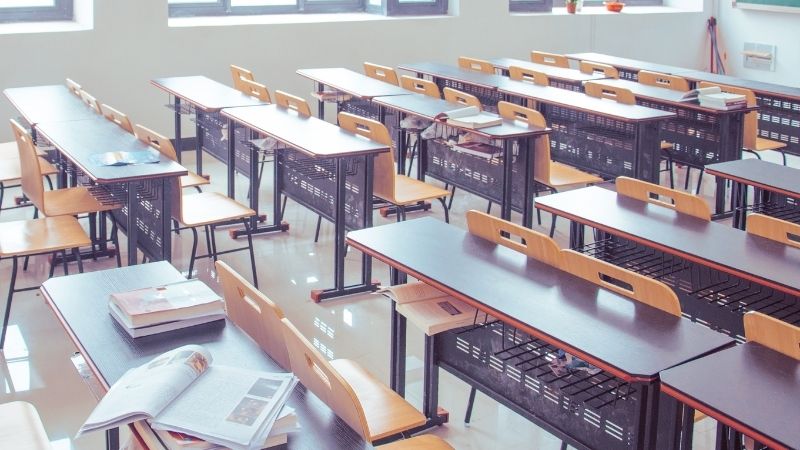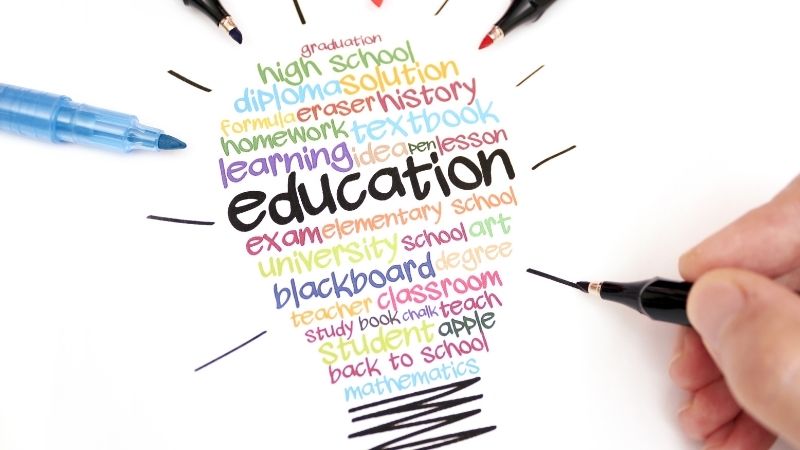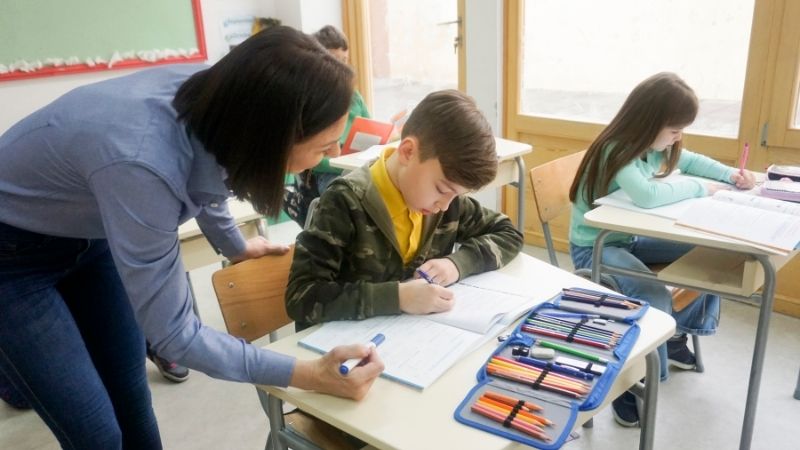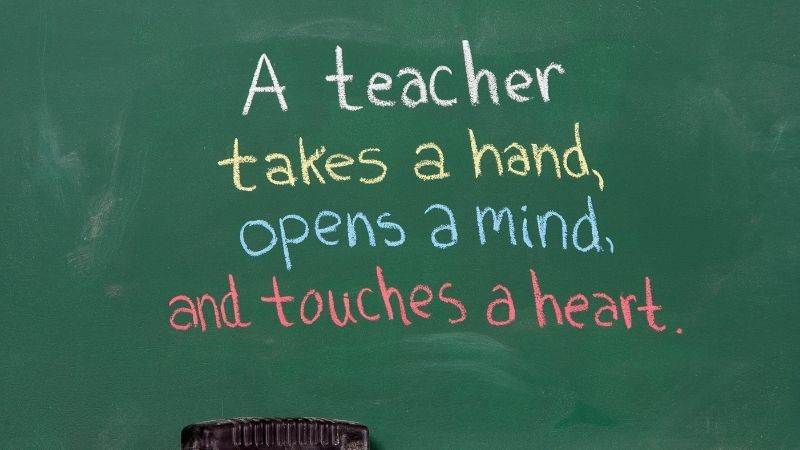
Augmented reality (AR) has gained increasing attention in the field of education, offering innovative ways to enhance learning experiences.
By utilizing AR apps, virtual field trips, interactive 3D models, AR books, and hands-on learning tools, educators can construct interactive learning environments that engage students in a dynamic and immersive manner.
This article explores the potential of AR in education, aiming to provide insights into how these technologies can be effectively integrated into curricula to enrich the educational process and expand beyond traditional classroom boundaries.
Key Takeaways
- Augmented Reality (AR) apps have the potential to revolutionize teaching methods and personalize learning experiences.
- Virtual field trips provided by AR apps eliminate geographical barriers, offer immersive experiences, and ensure safety and convenience for students.
- Interactive 3D models in AR apps engage students in dynamic and immersive learning experiences, enabling the exploration of scientific processes and visualization of historical events.
- AR books enhance reading experiences through interactive digital elements, expanding vocabulary, facilitating multimodal learning, and improving language development and literacy skills.
The Power of AR Apps in LeARning
AR apps have demonstrated their potential in enhancing learning experiences through the use of virtual field trips, interactive 3D models, AR books, and hands-on learning tools.
One area where AR apps have shown significant promise is in AR gaming. By blending the virtual world with the real world, AR gaming provides a unique and immersive experience that engages learners on multiple levels. This gamified approach to education has been proven to increase motivation, engagement, and knowledge retention among students.
Moreover, the incorporation of AR technology in educational settings opens up new possibilities for future implications. As technology continues to advance, so does the potential for more sophisticated AR apps that can revolutionize traditional teaching methods and create interactive learning experiences that are personalized and adaptive to each student's needs.
The future implications of AR apps in education are vast and hold great promise for transforming the way we learn and acquire knowledge.

Taking Education Beyond the Classroom With Virtual Field Trips
One effective approach to extend the learning experience beyond the classroom is by utilizing virtual excursions to various locations. This allows students to engage in immersive experiences and explore new environments through virtual exploration.
Virtual field trips offer several advantages for education:
Accessibility: Virtual field trips eliminate geographical barriers, allowing students to visit places they may not have access to otherwise.
Cost-effectiveness: Virtual field trips are often more affordable compared to traditional field trips, as they eliminate expenses related to transportation, accommodation, and entrance fees.
Safety and convenience: With virtual field trips, students can explore remote or dangerous locations without any physical risks or logistical challenges.
Exploring Concepts Through Interactive 3D Models
Utilizing interactive 3D models enables students to engage with and comprehend complex concepts in a dynamic and immersive manner. This innovative approach to education allows for the exploration of scientific processes and the visualization of historical events. By incorporating interactive 3D models into their learning experiences, students are able to actively participate in the learning process, enhancing their understanding and retention of information.
When exploring scientific processes, interactive 3D models provide students with a hands-on experience that brings abstract concepts to life. For example, students can manipulate virtual molecules or observe the inner workings of cells, allowing them to gain a deeper understanding of complex biological processes.

Similarly, when visualizing historical events, interactive 3D models provide a unique perspective that traditional methods cannot offer. Students can virtually explore ancient ruins or recreate historical battles, immersing themselves in the past and gaining a greater appreciation for historical contexts.
Overall, utilizing interactive 3D models in education opens up new possibilities for engaging learners and fostering a deeper understanding of complex concepts. By providing an immersive and interactive learning experience, these models empower students to take ownership of their education and explore subjects in ways that were not previously possible.
Enhancing Reading With AR Books
Enhancing reading experiences can be achieved through the incorporation of augmented reality technology in books. AR books for language development offer a unique and innovative approach to literacy education by combining traditional reading with interactive digital elements.
Here are three ways in which AR books can enhance literacy skills:
Immersive storytelling: AR books bring stories to life by overlaying digital content onto physical pages, creating an immersive and engaging reading experience. This interactivity encourages readers to actively participate in the narrative, fostering comprehension and retention of information.
Vocabulary expansion: AR books provide opportunities for learners to interact with words and explore their meanings in context. Through interactive features such as pop-up definitions or pronunciation guides, readers can expand their vocabulary while reading, leading to improved language development.
Multimodal learning: Incorporating visuals, sounds, and animations into traditional text-based narratives allows for multisensory engagement. This multimodal approach appeals to different learning styles and helps reinforce understanding by providing additional cues and context.

Engaging hands-on learning can be facilitated through the integration of interactive tools that provide learners with opportunities to actively participate in the educational process. One such tool is gamified learning, which incorporates game design elements into educational activities to enhance engagement and motivation.
Interactive science experiments are a prime example of how this approach can be used effectively. By using augmented reality (AR) technology, students can manipulate virtual objects and perform realistic science experiments in a safe and controlled environment. This not only allows for active participation but also provides immediate feedback, promoting deeper understanding and knowledge retention.
Additionally, AR apps offer virtual field trips where students can explore places they may not otherwise have access to, fostering curiosity and enhancing their overall learning experience.
Overall, interactive tools like gamified learning and AR apps have the potential to revolutionize hands-on learning by making it more accessible, engaging, and effective for learners of all ages.
Frequently Asked Questions
How Does Augmented Reality Impact Student Engagement in the Classroom?
Augmented reality has the potential to positively impact student engagement in the classroom by increasing motivation and fostering collaboration. This innovative technology offers interactive and immersive experiences that can enhance learning outcomes and create a more engaging educational environment.
What ARe the Potential Drawbacks or Limitations of Using AR Apps for LeARning?
The potential drawbacks and limitations of using AR apps for learning include issues with accessibility, cost, technical requirements, and the need for appropriate content. These factors may restrict widespread implementation and hinder equitable educational opportunities.
ARe There Any Specific Subjects or Topics Where AR Apps Have Shown PARticulAR Effectiveness?
AR apps have shown particular effectiveness in science and history. They enhance learning by providing interactive 3D models, virtual field trips, and hands-on learning tools. This innovative approach allows students to engage with the subject matter in a more immersive and experiential way.

How Can AR Books Enhance Reading Comprehension and Retention?
The incorporation of augmented reality (AR) technology in books has the potential to enhance reading comprehension and retention through immersive AR storytelling experiences, which provide interactive visual and auditory elements that engage readers and facilitate deeper understanding.
Examples of interactive tools for hands-on learning with augmented reality include AR simulations that allow students to explore scientific concepts and phenomena, as well as AR lab experiments that provide a virtual environment for conducting experiments and analyzing data.
 Careers in EducationElementary EducationHigh School EducationEducational TechnologyTeaching StrategiesSpecial EducationPrivacy PolicyTerms And Conditions
Careers in EducationElementary EducationHigh School EducationEducational TechnologyTeaching StrategiesSpecial EducationPrivacy PolicyTerms And Conditions
